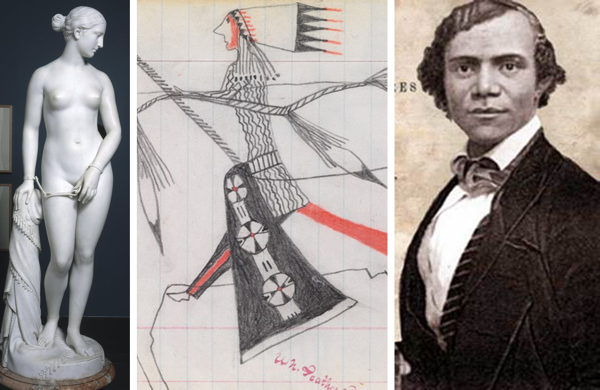Upper-Level Seminar: Art and Race in Nineteenth Century America — An Exhibition Seminar

Meets Together with HISTART 497-007 and with MUSEUMS 498-007
How did Americans learn to visualize race? How did certain groups resist others’ efforts to depict them? Who were the first Americans? Was the United States a nation of many races, one race, or an idea that transcended race? How did artists address these issues in the century of Manifest Destiny, Civil War, and the widespread display and reproduction of pictures? These are the questions our seminar will address as we design new displays and interpretation of 19th century US art for an exhibition at the University of Michigan Museum of Art. We'll study paintings, drawings, sculpture, illustrations, photographs, cartoons, advertisements, and even some buildings designed in the United States in the period, consider the role of 19thcentury exhibitions, then rethink the way the Museum could display these materials today. We will work with archival sources on campus and visit the Clements Library and area art museums. Our readings will include primary documents as well as recent interpretations.
Textbooks/Other Materials: Angela Miller et al, American Encounters (textbook available for free online); Paul Boyer, American History: A Very Short Introduction. Recommended, online readings in Canvas.
Estimated Cost of Materials: less than $15
Course Requirements:Attendance and informed participation in class discussion; Posts to online discussion forum; short writing assignments to draft and revise museum labels. These assignments will involve. historical research and critical analysis.
Intended Audience: Students ready to take on a challenge and participate in class discussion. Some prior background in art history, American Studies or museum studies is helpful, though not required.
Class FormatUndergraduate seminar that meets with a graduate seminar. Graduate students who enroll will be asked to take on extra reading and responsibilities.